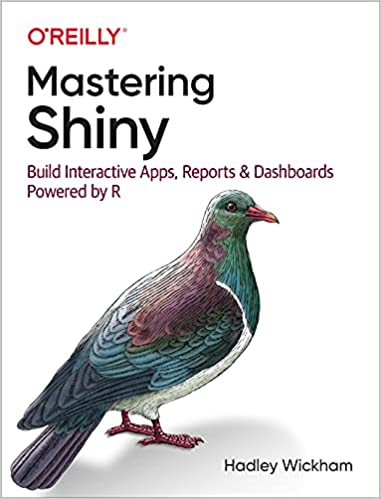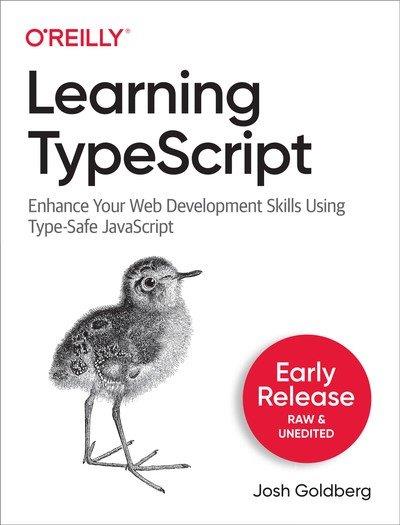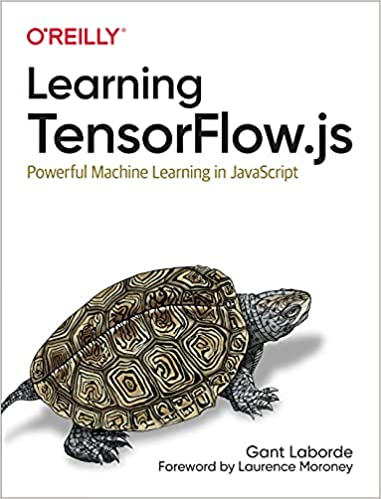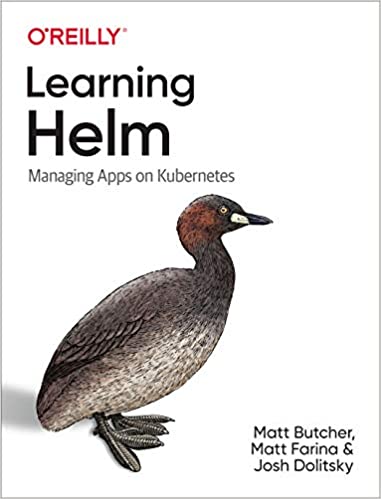
 |
 English | 2021 | ISBN: 1492047384 | 372 pages | True PDF | 12.08 MB Master the Shiny web framework-and take your R skills to a whole new level. By letting you move beyond static reports, Shiny helps you create fully interactive web apps for data analyses. Users will be able to jump between datasets, explore different subsets or facets of the data, run models with parameter values of their choosing, customize visualizations, and much more. Hadley Wickham from RStudio shows data scientists, data analysts, statisticians, and scientific researchers with no knowledge of HTML, CSS, or jаvascript how to create rich web apps from R. This in-depth guide provides a learning path that you can follow with confidence, as you go from a Shiny beginner to an expert developer who can write large, complex apps that are maintainable and performant.  English | 2021 | ISBN: 1032106271 | 174 pages | True PDF | 15.73 MB The electronic device based on Metal Oxide Semiconductor (MOS) structure is the most important component of a large-scale integrated circuit, and is therefore a fundamental building block of the information society. Indeed, high quality MOS structure is the key to achieving high performance devices and integrated circuits. Meanwhile, the control of interface physics, process and characterization methods determine the quality of MOS structure. This book tries to answer five key questions: Why are high-performance integrated circuits bonded together so closely with MOS structure? Which physical phenomena occur in MOS structure? How do these phenomena affect the performance of MOS structure? How can we observe and quantify these phenomena scientifically? How to control the above phenomena through process? Principles are explained based on common experimental phenomena, from sensibility to rationality, via abundant experimental examples focusing on MOS structure, including specific experimental steps with a strong level of operability.  English | 2021 | ISBN: 9781098110321 | 51 pages | PDF,EPUB | 1.76 MB TypeScript has conquered the world of jаvascript: it's one of the world's fastest growing and most popular languages across developer surveys, widely used in consumer and business companies alike, and frequently credited for helping massive web applications scale. But what is TypeScript? How does it work, why does it work, and how can we use it? Learning TypeScript takes beginner to intermediate jаvascript programmers from knowing nothing about "types" or a "type system" to full mastery of the fundamentals of TypeScript. It's more than a means to find bugs and typos--it's a useful system for declaring the way our jаvascript should work and helping us stick to it. You'll learn how TypeScript:  English | 2021 | ISBN: 1492090794 | 342 pages | True PDF | 107.89 MB Given the demand for AI and the ubiquity of jаvascript, TensorFlow.js was inevitable. With this Google framework, seasoned AI veterans and web developers alike can help propel the future of AI-driven websites. In this guide, author Gant Laborde--Google Developer Expert in machine learningand the web--provides a hands-on end-to-end approach to TensorFlow.js fundamentals for a broad technical audience that includes data scientists, engineers, web developers, students, and researchers. You'll begin by working through some basic examples in TensorFlow.js before diving deeper into neural network architectures, DataFrames, TensorFlow Hub, model conversion, transfer learning, and more. Once you finish this book, you'll know how to build and deploy production-readydeep learning systems with TensorFlow.js.  English | 2021 | ISBN: 1492083658 | 215 pages | True PDF | 8.33 MB Get up to speed with Helm, the preeminent package manager for the Kubernetes container orchestration system. This practical guide shows you how to efficiently create, install, and manage the applications running inside your containers. Helm maintainers Matt Butcher, Matt Farina, and Josh Dolitsky explain how this package manager fits into the Kubernetes ecosystem and provide an inside look at Helm's design and best practices. More than 70% of the organizations that work with Kubernetes use Helm today. While the Helm community provides thousands of packages, or charts, to help you get started, this book walks developers and DevOps engineers through the process of creating custom charts to package applications. If you have a working understanding of Kubernetes, you're ready to go.  English | 2021 | ISBN: 1492077216 | 374 pages | True PDF | 6.99 MB Go is rapidly becoming the preferred language for building web services. While there are plenty of tutorials available that teach Go's syntax to developers with experience in other programming languages, tutorials aren't enough. They don't teach Go's idioms, so developers end up recreating patterns that don't make sense in a Go context. This practical guide provides the essential background you need to write clear and idiomatic Go. No matter your level of experience, you'll learn how to think like a Go developer. Author Jon Bodner introduces the design patterns experienced Go developers have adopted and explores the rationale for using them. You'll also get a preview of Go's upcoming generics support and how it fits into the language.  English | 2021 | ISBN: 111979661X | 369 pages | True EPUB | 12.15 MB Taste the real thing and discover the delights of home-cooked Indian food Indian food-delicious, diverse, and not as difficult to cook as you might think! InIndian CookingForDummies,you'lllearn the fundamentals, plus over 100 make-at-home recipes for your Indian favorites. Even newbie cooks will have no trouble making these easy anddelectabledishes right at home. With this book,you'vegot a suite of recipes to suit every dietary need (vegetarians,rejoice!), spice tolerance, and skill level. When you craveaBengalurubreakfast, Lucknow lunch, or Delhi dinner,Indian Cooking For Dummiesis for you.
 English | 2021 | ISBN: 9781523091706 | 235 pages | PDF,EPUB | 6.79MB This practical guide shows how to facilitate collaboration among diverse individuals and organizations to navigate complexity and create change in our interconnected world. The social and environmental challenges we face today are not only complex, they are also systemic and structural and have no obvious solutions. They require diverse combinations of people, organizations, and sectors to coordinate actions and work together even when the way forward is unclear. Even so, collaborative efforts often fail because they attempt to navigate complexity with traditional strategic plans, created by hierarchies that ignore the way people naturally connect. |